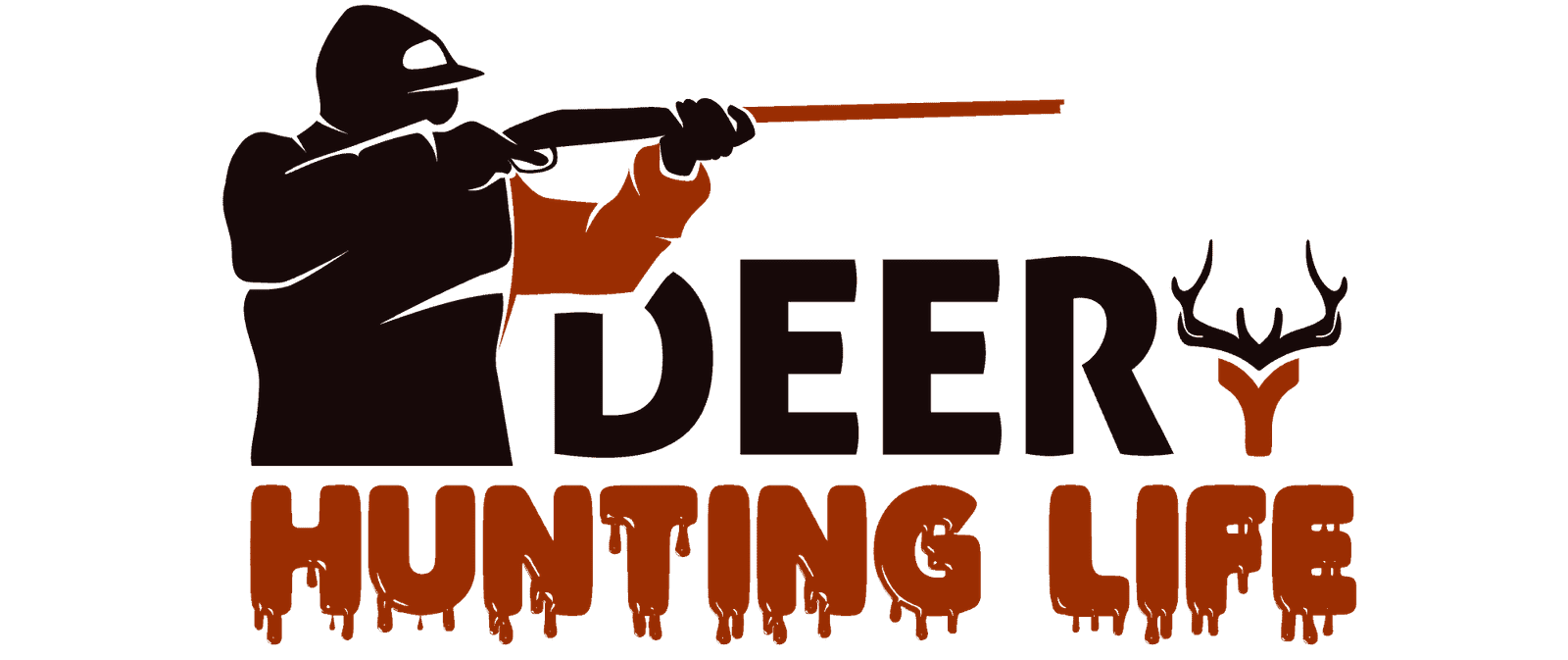Coyote trapping is a common practice for controlling populations of these wild animals and reducing conflicts with humans. While the traps are typically intended for coyotes and other small animals, deer can sometimes become caught in them as well.
In this blog post, we’ll explore the issue of deer getting caught in coyote traps, including why it happens and what can be done to prevent it.
From understanding the dynamics of trap placement to taking steps to protect non-target animals, we’ll provide a comprehensive overview of this important topic. Whether you are a wildlife enthusiast, a hunter, or just concerned about the well-being of wildlife, this post will provide valuable information on the subject.
Do deer get caught in coyote traps
Deer do sometimes get caught in coyote traps, which are designed to capture and hold smaller animals such as coyotes, foxes, and raccoons. The traps, which usually have a steel-jawed design, can be set on the ground or suspended from trees and are baited with food or other attractants to lure the target animal inside. When the animal steps on a trigger, the jaws close around its leg or paw, immobilizing it.
Many individuals employ the use of traps to capture coyotes or wild dogs, but it’s important to exercise caution as deer and other unintended species may also traverse the same paths and cross fences. Unknowingly setting snares in these areas can result in capturing non-target animals, including prized deer. To avoid such incidents, it is crucial to be mindful when setting traps and consider the potential consequences for all wildlife.
While coyote traps are not specifically intended for deer, their size and strength can make them vulnerable to being caught in the traps, especially if they are attracted to the bait. This can result in serious injury or even death for the deer, and it is illegal in many areas to trap or kill deer without a permit.
To prevent deer from getting caught in coyote traps, it is recommended to use proper trap placement and to check the traps regularly to release any non-target animals that may have been caught. Additionally, some traps are available with adjustable jaws or exclusion devices to prevent larger animals from being captured.
How do you stop a deer from catching a coyote trap?
To minimize the chance of capturing deer in snares intended for coyotes and wild dogs, it is recommended to position the traps closer to the ground. This not only reduces the likelihood of capturing deer but also increases the success rate of capturing coyotes.
Additionally, using an external blocking device and applying fox urine can further deter deer from entering the traps. While all types of urine can attract deer, red fox urine is particularly effective. While it is possible to trap coyotes without using urine, using it can result in quicker captures.
Prevention techniques
To reduce the risk of deer getting caught in coyote traps, it is important to use the right type of trap and to employ proper techniques. One option is to use footholds or snares, but it is crucial to attach breakaway locks to the snares to allow deer to escape if they do become caught. Another option is to use a deer jump stick, which can help guide adult deer over the trap, but there may still be some risk to smaller deer.
Consulting with wildlife removal services can provide valuable insights and advice. They suggest using an appropriate foothold trap near a trail and attracting the target with bait and lure, avoiding the use of urine, which can also attract deer. Snares may not always be the best option for trapping.
A simple and effective trick is to use blind sets and footholds by placing natural bumps or sticks in the trail and positioning the trap under the snow. The deer can be lured to the trap with snow chunks or small sticks. If a deer does happen to step into the trap, it will likely pull out, minimizing the risk of harm.
Conclusion
In conclusion, deer can get caught in snares intended for coyotes, leading to harm or even death. It’s important to be mindful of snares’ placement and consider the potential impact on non-target species.
By following best practices and being aware of the movements and habitats of deer, individuals can help minimize the risk of unintended captures.
At the end of the day, protecting wildlife and preserving the balance of nature is a shared responsibility, and being informed about the potential risks of snaring is a critical step in this direction.

